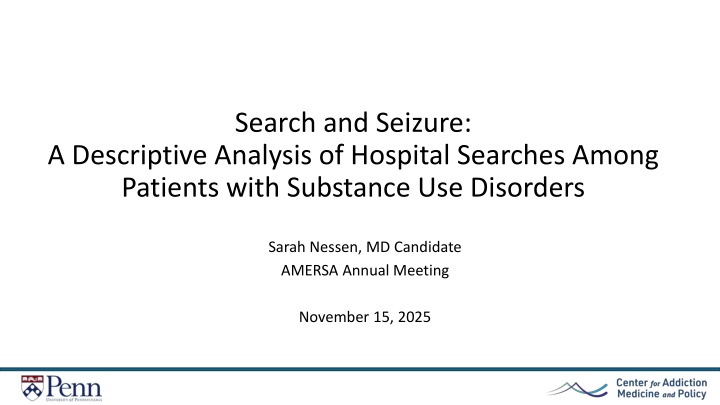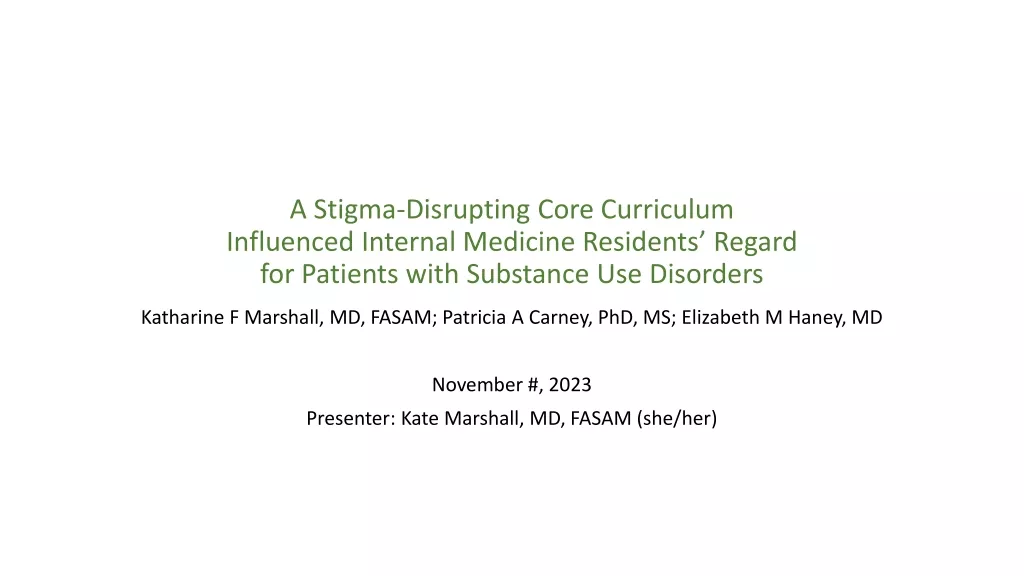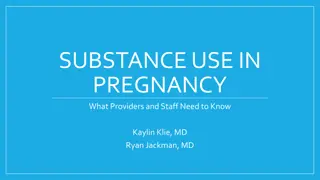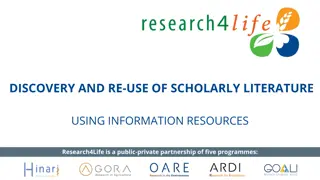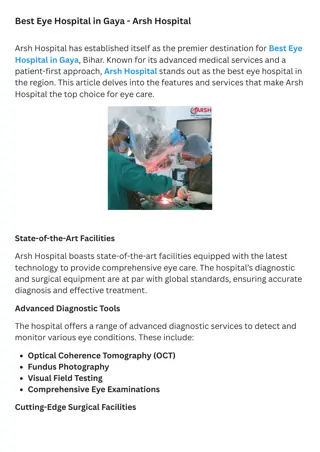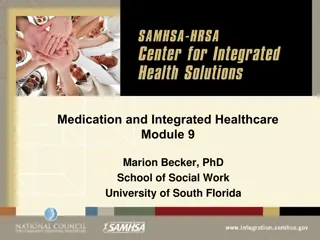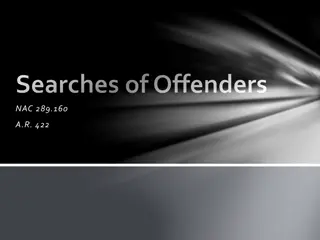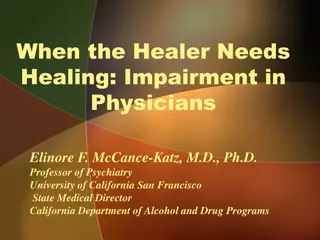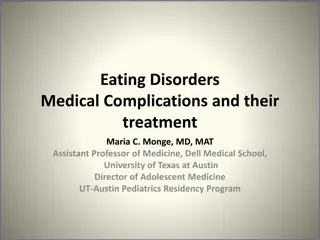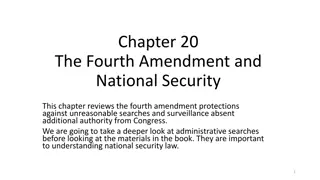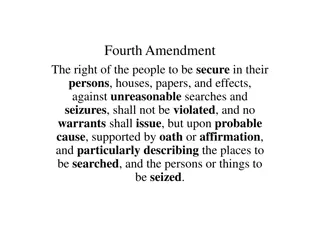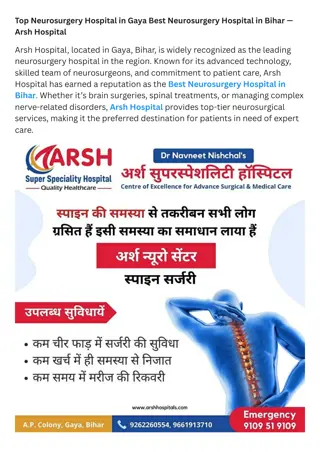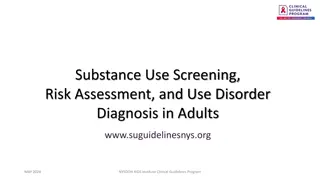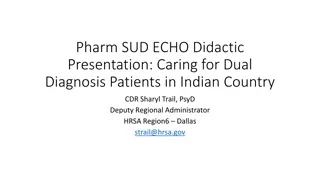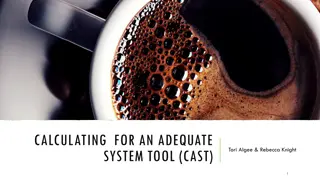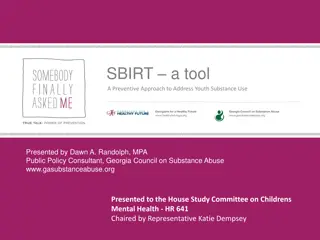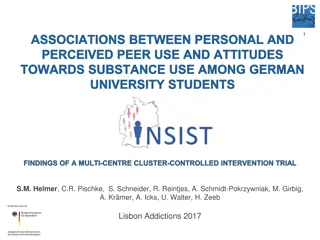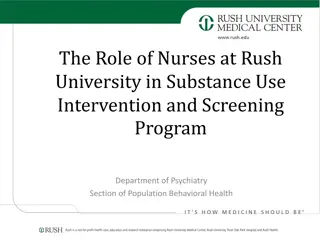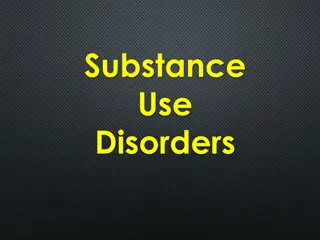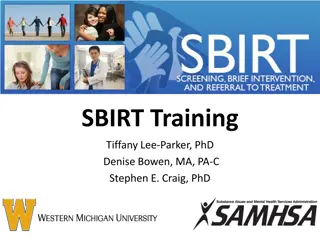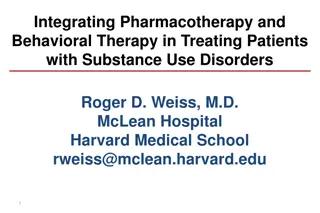Hospital Room Searches Among Patients with Substance Use Disorders
This study examines the prevalence of room searches in hospitals related to substance use disorders, exploring outcomes, patient characteristics, and the clinical context. The research delves into the factors surrounding in-hospital substance use and security responses, shedding light on patient experiences and medical practices.
Download Presentation

Please find below an Image/Link to download the presentation.
The content on the website is provided AS IS for your information and personal use only. It may not be sold, licensed, or shared on other websites without obtaining consent from the author.If you encounter any issues during the download, it is possible that the publisher has removed the file from their server.
You are allowed to download the files provided on this website for personal or commercial use, subject to the condition that they are used lawfully. All files are the property of their respective owners.
The content on the website is provided AS IS for your information and personal use only. It may not be sold, licensed, or shared on other websites without obtaining consent from the author.
E N D
Presentation Transcript
Search and Seizure: A Descriptive Analysis of Hospital Searches Among Patients with Substance Use Disorders Sarah Nessen, MD Candidate AMERSA Annual Meeting November 15, 2025
Background Substance-related hospital encounters are increasing PWUD face stigma and other challenges during encounters In-hospital substance use commonly occurs Acevedo, 2022; Parmar, 2021; Strike, 2020; Weinstein, 2021
Hospital Security Room Searches Common response to in-hospital substance use Described as prompting patient-directed discharges (PDDs) Huxley-Reicher, 2023; Martin, 2023; Pollini, 2021; Simon, 2020
Study Aim To investigate the clinical context and outcomes of room searches among patients with substance-related hospital encounters
Methods Design: Retrospective cohort study of EHR and security incident reports Setting: Academic hospital in Philadelphia, PA between 7/2021 and 7/2023 Participants: Adults with SUD ICD-10 codes and/or +screenings for opioid use Outcomes and Measures: Items confiscated, discharge status, meds received
Room Search Cohort 576 Room searches requested 7 Reports without patient identifiers 569 Requests in identified patient encounters 112 Requests for pts w/o substance use 457 Requests during substance-related encounters
Patient Characteristics Characteristic Age, median years (IQR) Gender Male Female Race Black or African American White Unknown or another race N=238 % 39 (14) 52 48 28 64 8
Patient Characteristics Characteristic N=238 % Ethnicity Not Hispanic or Latine Hispanic or Latine Not reported Insurance status Medicaid Commercial Medicare Uninsured 94 5 <1 70 15 14 1
Search Context Nurses requested 82% of searches 70% of patients had OUD 26% had NOT received MOUD or opioid agonists 5% of searches followed in-hospital naloxone receipt
Items Confiscated Nothing confiscated Nothing confiscated 195 195 (44%) (44%) Confirmed or suspected drugs Confirmed or suspected drugs 98 98 (22%) (22%) Syringes, needles, and needle covers Syringes, needles, and needle covers 79 79 (18%) (18%) Miscellaneous items Miscellaneous items 54 (12%) 54 (12%) Tobacco products Tobacco products 53 53 (12%) (12%) Pipes and smoking materials Pipes and smoking materials 53 53 (12%) (12%) Unspecified "paraphernalia" Unspecified "paraphernalia" 50 50 (11%) (11%) Labeled prescription or OTC medication Labeled prescription or OTC medication 29 29 (7%) (7%) Alcohol Alcohol 4 4 (1%) (1%) Cannabis and associated products Cannabis and associated products 4 4 (1%) (1%) 0 50 100 150 200 Item count
Search Outcomes Patient-directed discharges: At time of 4% of searches Following 35% of searches 2% of patients required naloxone post-search
Limitations Single hospital in a city w/ high prevalence of SUDs Incomplete or inaccurate documentation ? No causal conclusions possible
Diversity, Equity, and Inclusion EHR data may not identify people from marginalized groups who have SUDs Further investigation needed to assess search disparities
Conclusions Most searches occurred during substance-related encounters Nothing found > confiscation of illicit substances Searches did not prevent all suspected opioid overdoses One in 25 patients had PDDs at the time of searches
Implications This study highlights the need for: Policies balancing search risks and benefits Evidence-based prevention + responses to in-hospital substance use Multidisciplinary perspectives to inform best practices
Acknowledgements Funding Research Team NIDA K23DA055087 Ashish Thakrar, MD, MSHP Jeanmarie Perrone, MD Lin Xu, MS Rachel McFadden, RN, MPH Margaret Lowenstein, MD, MPhil, MSHP
Questions? sarah.nessen@pennmedicine.upenn.edu
Miscellaneous item found Count N=54 (%) aluminum foil 1 (1.9) blade 1 (1.9) bullet shell 1 (1.9) burned straw 1 (1.9) clear empty bag 1 (1.9) clippers 1 (1.9) copper wire 1 (1.9) eating utensils 1 (1.9) empty bags 6 (11.1) empty containers 1 (1.9) empty pill container 1 (1.9) fingernail tool 1 (1.9) glass tube 1 (1.9) grooming kit for nails 1 (1.9) hollow pen 1 (1.9) knife 4 (7.4) medical supplies 1 (1.9) metal straw 1 (1.9) mini metal rods 1 (1.9) nail clippers 1 (1.9) nail file 1 (1.9) nail trimmers 1 (1.9) parchment paper 1 (1.9) pepper spray 4 (7.4) pocketknife 2 (3.7) razor 1 (1.9) razor blade 2 (3.7) scissors 5 (9.3) screwdriver 3 (5.6) small metal cap 1 (1.9) sowing needles 1 (1.9) spoon 1 (1.9) vials of saline 1 (1.9) wooden stick 1 (1.9) wrench 1 (1.9)
Search Cohort and Patient Characteristics Characteristic Characteristic Age, median years (IQR) Age, median years (IQR) Gender Gender Male Female Race Race Black or African American White Unknown or another race 23 (8.1) Ethnicity Ethnicity Not Hispanic or Latine Hispanic or Latine Not reported Insurance status Insurance status Medicaid Commercial Medicare Uninsured N=283 (%) 39 (14) 576 room searches requested over 148 (52.3) 135 (47.7) two years 457 room search requests among 80 (28.3) 180 (63.6) patients with substance-related encounters (79.3%) 267 (94.4) 15 (5.3) 1 (0.4) 283 unique patients with one or more search requests 197 (69.6) 42 (14.8) 40 (14.1) 4 (1.4)
